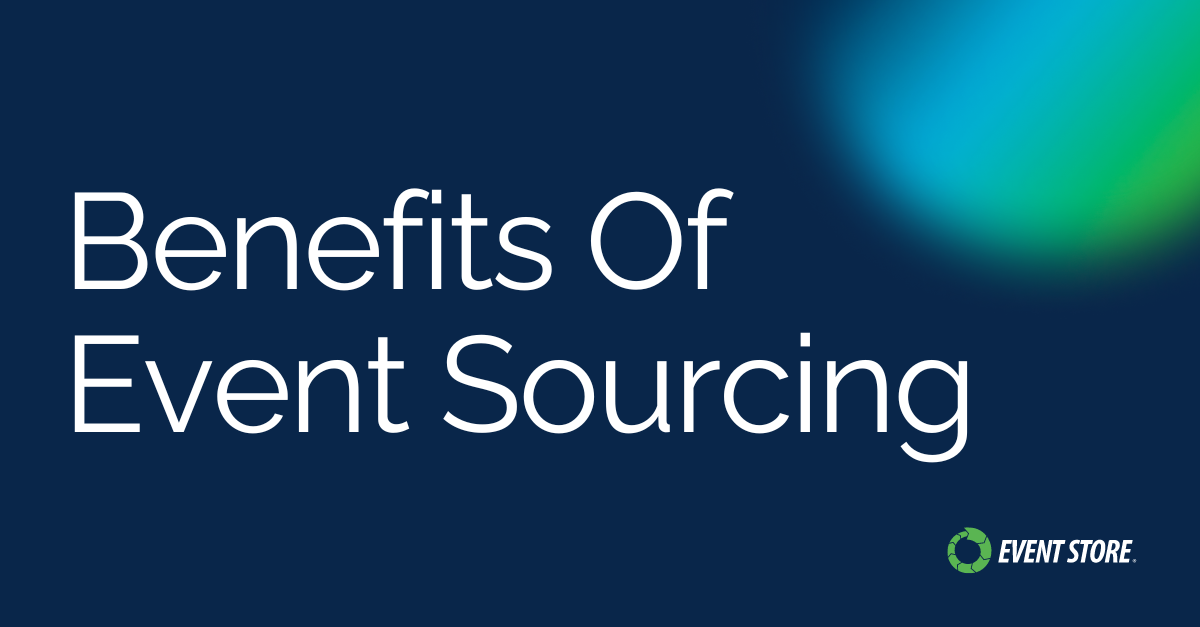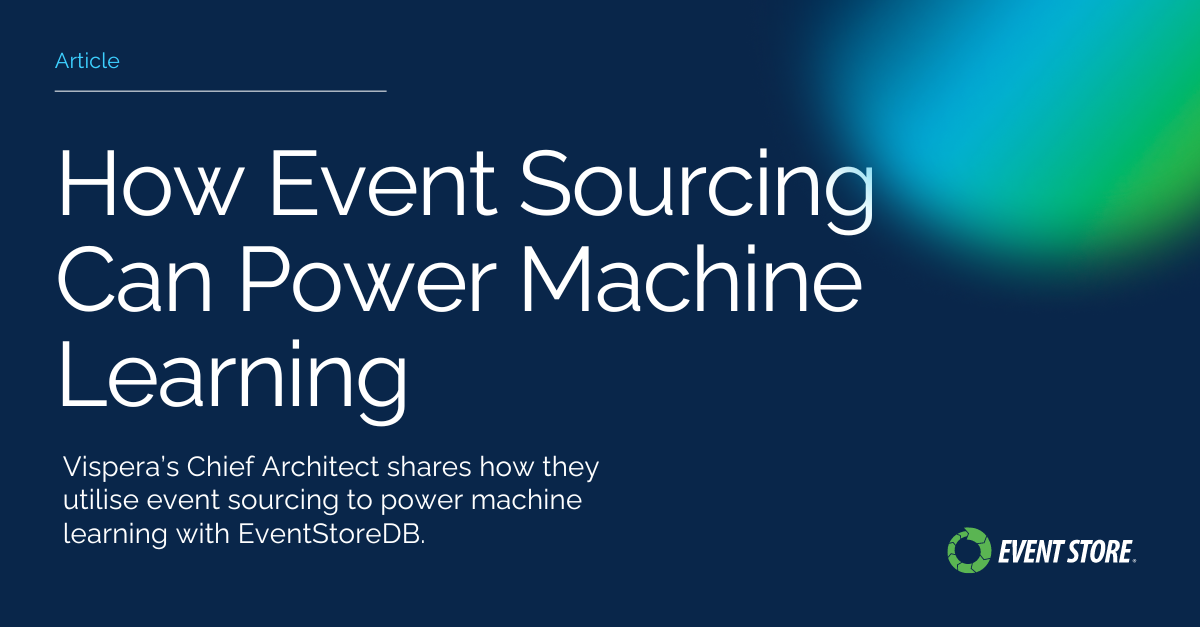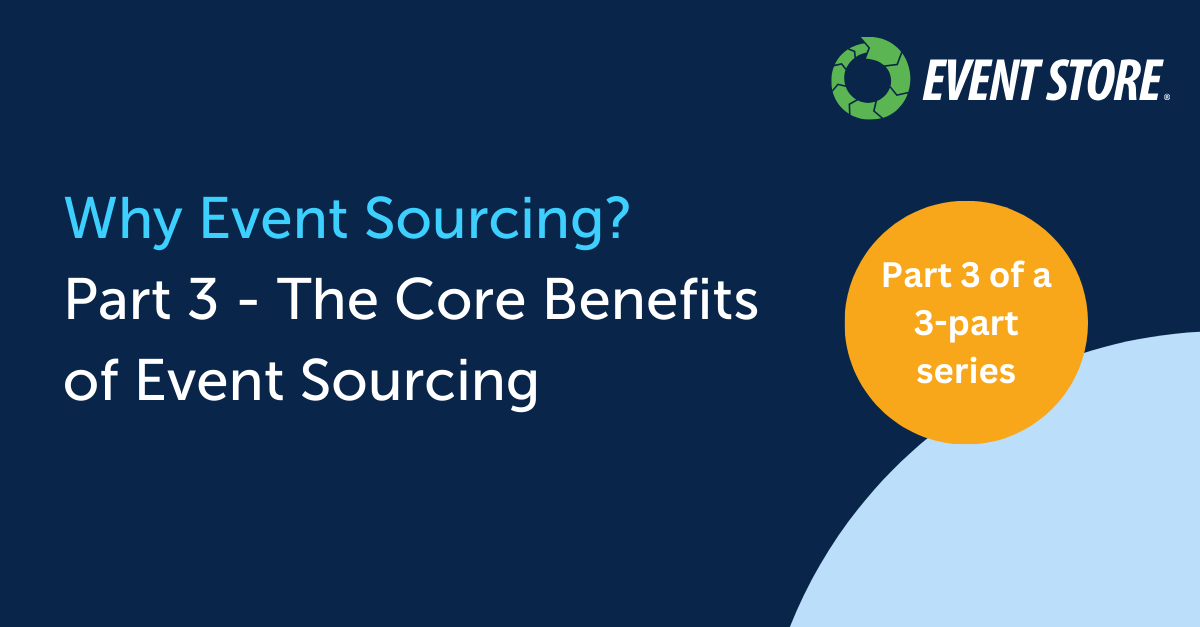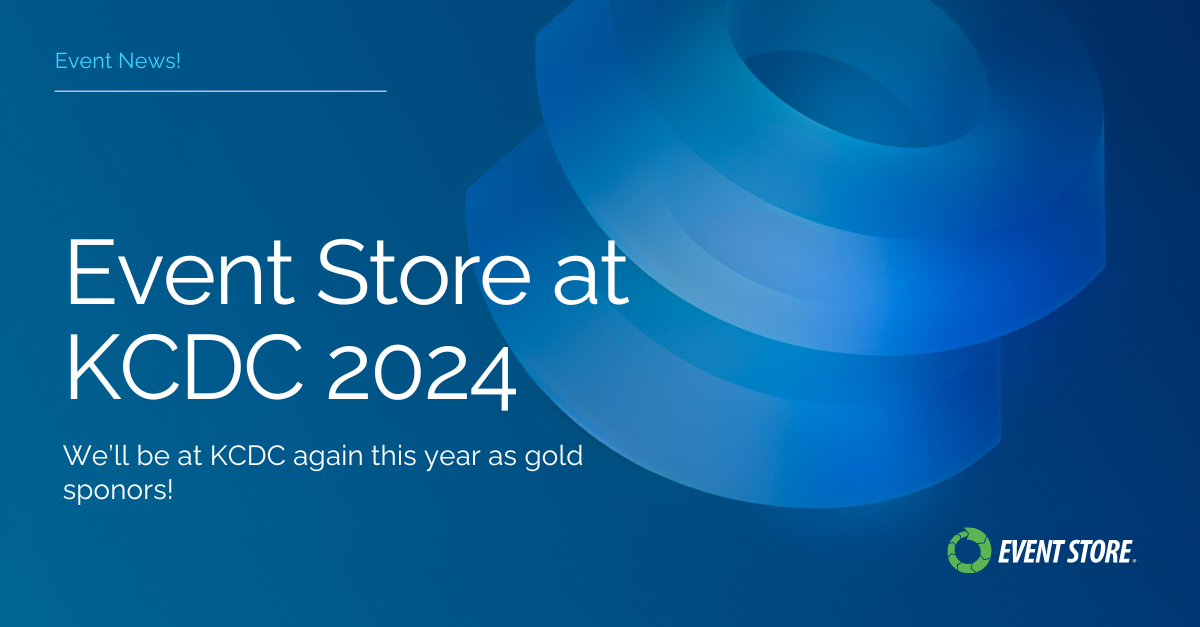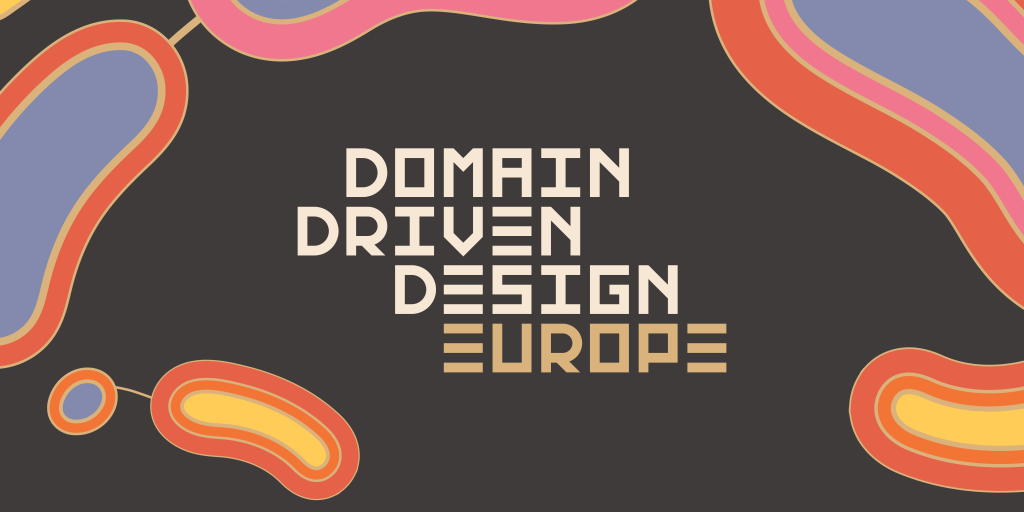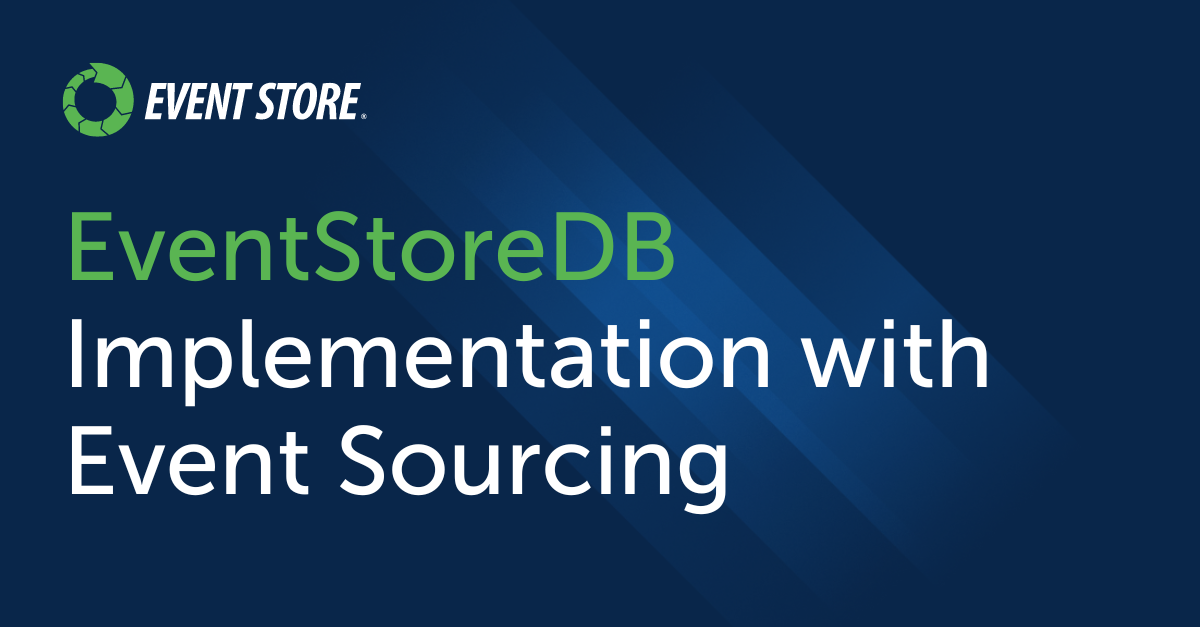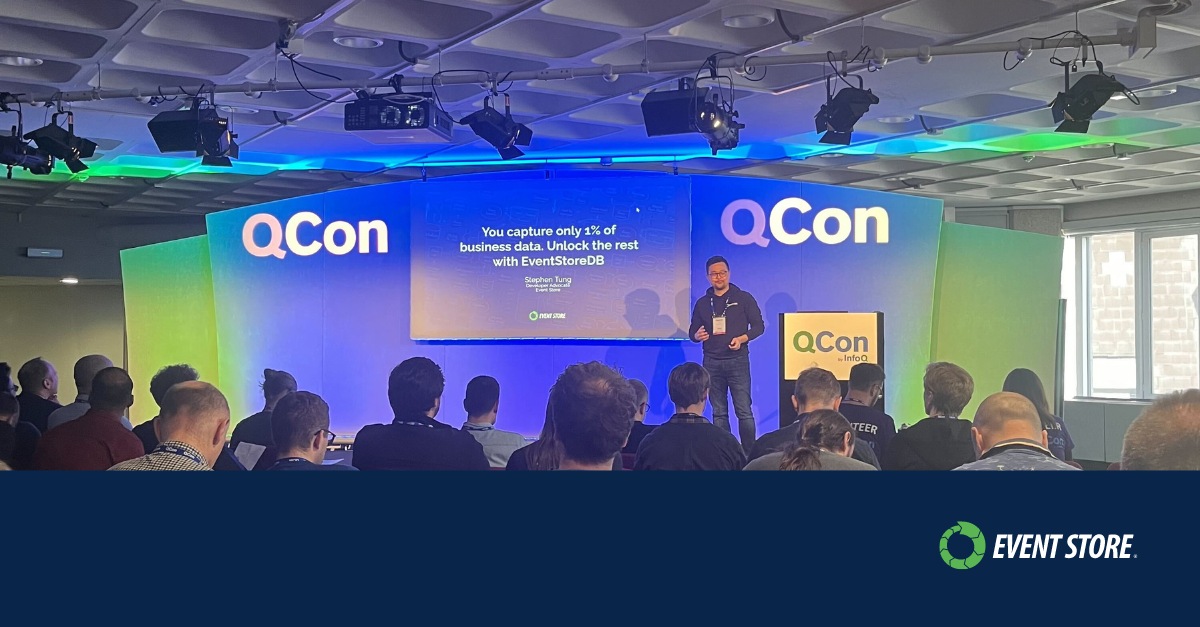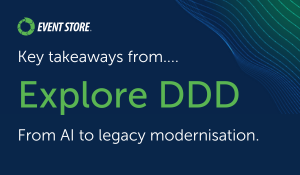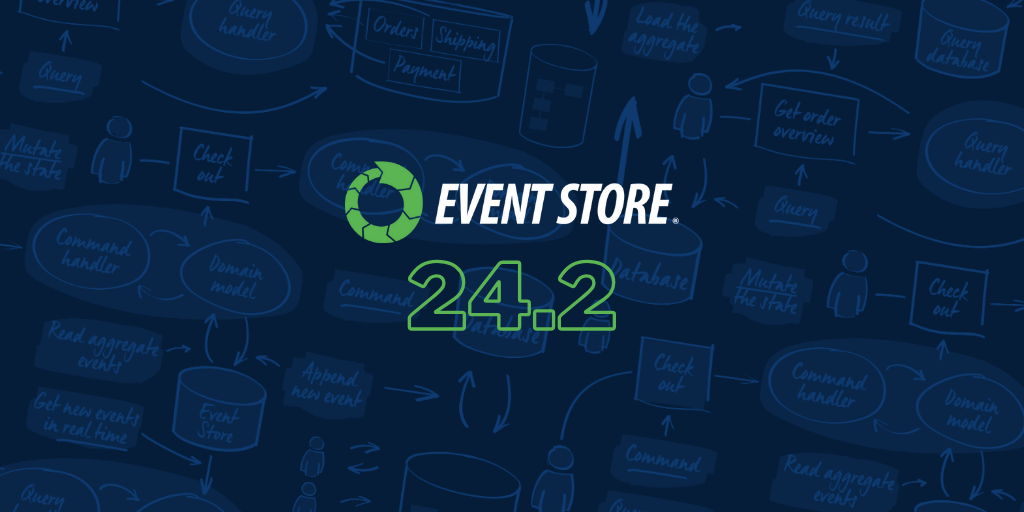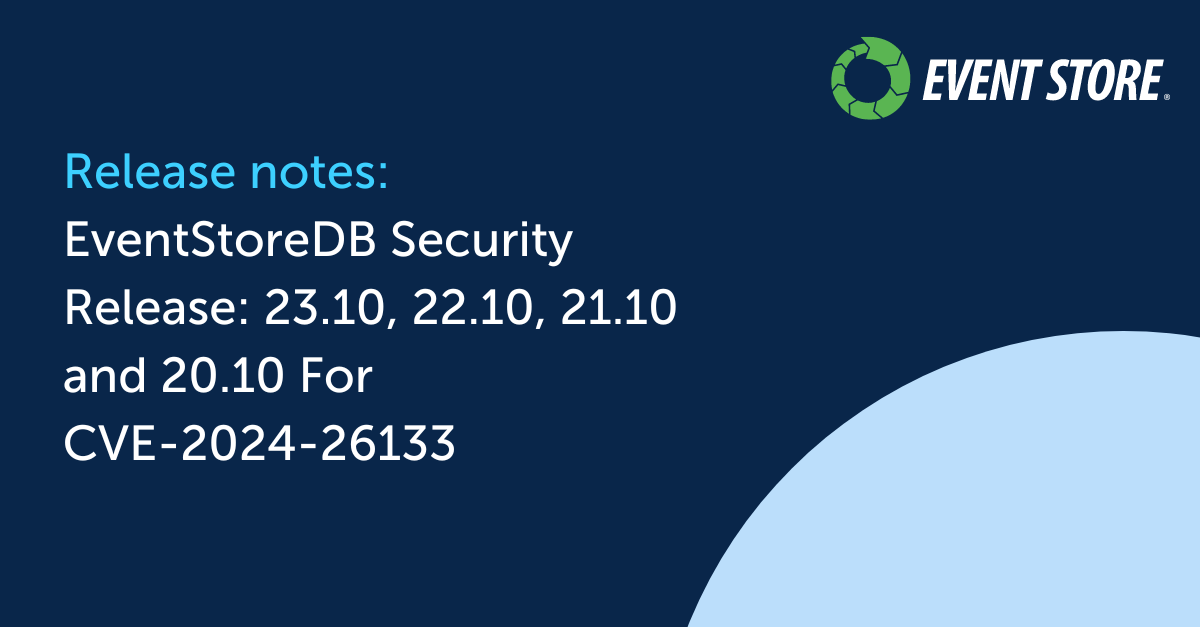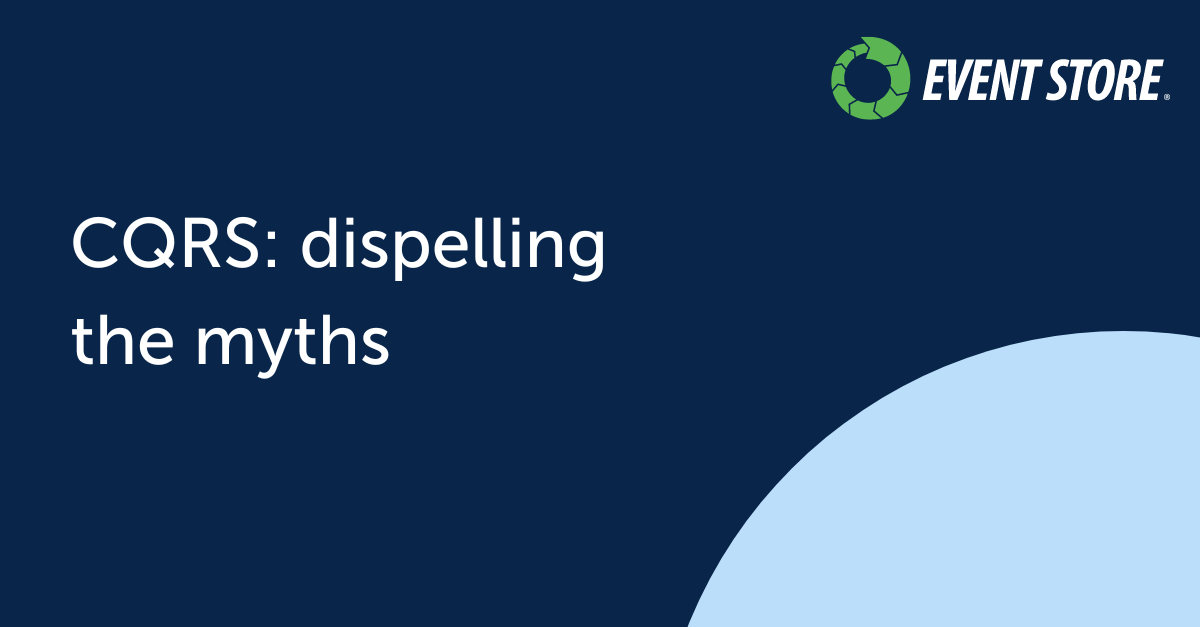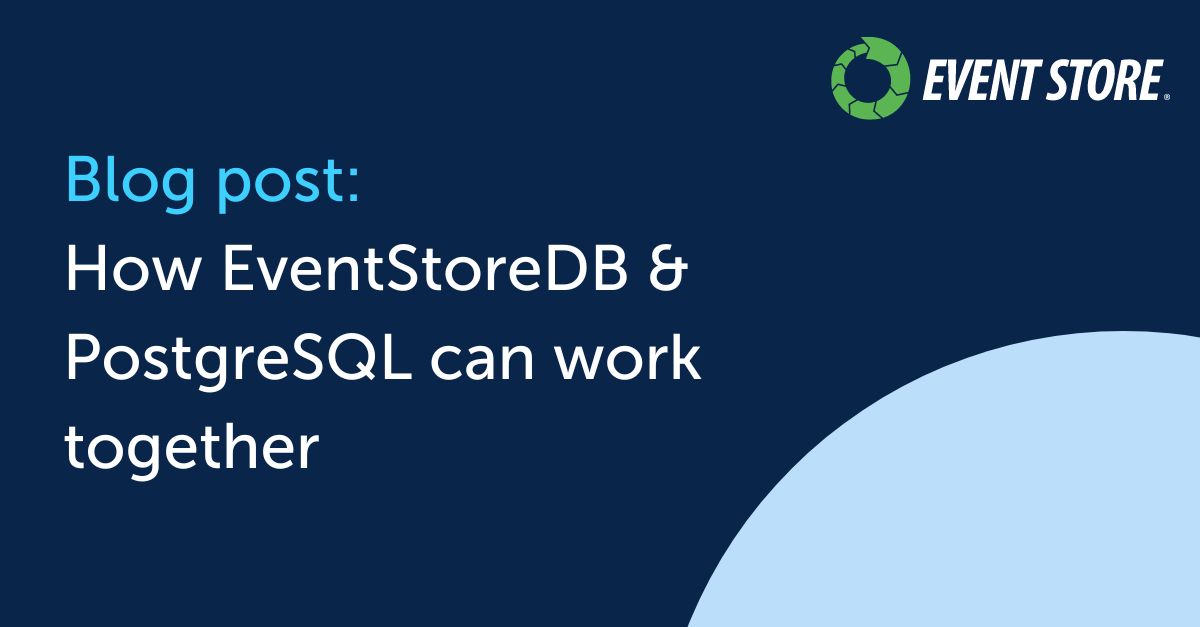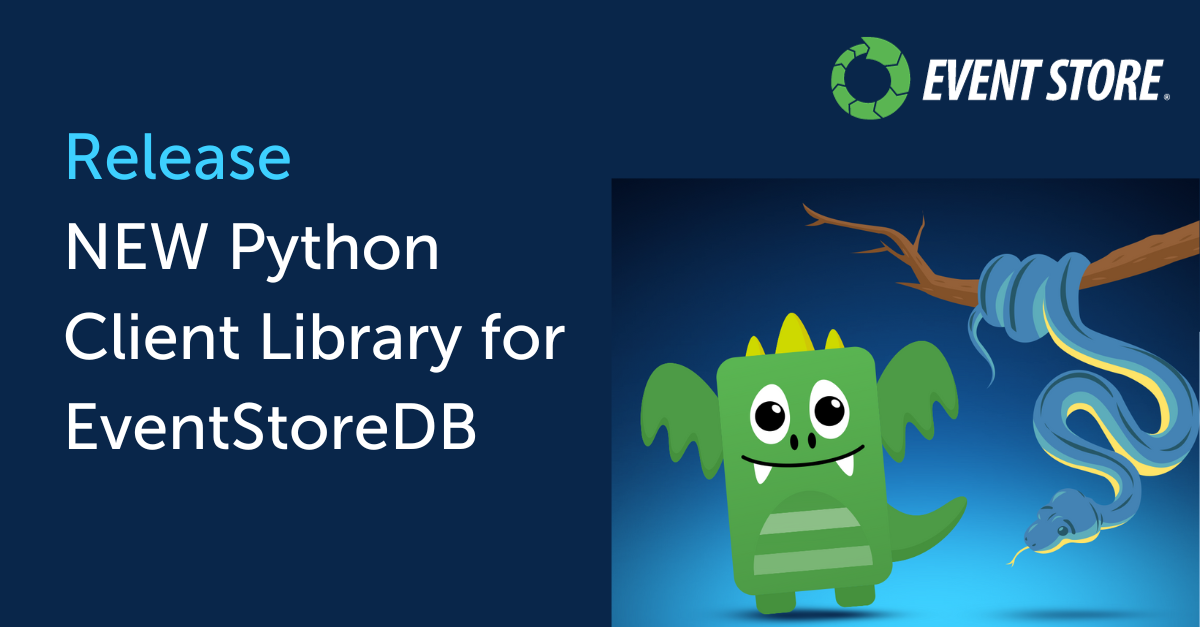Event Store blog
-
In this article we explore the benefits of implementing Event Sourcing to your software architecture and the insights it can...
-
In this guest blog, Chief Architect at Vispera, Kaan Can Fidan explains how they've developed a machine learning pipeline using...
-
This is the final part of a 3 part series on "Why Event Sourcing". Find Part 1 here and Part 2 here.. If you want to be notified,...
-
Event Store is looking forward to returning to the Kansas City Developer Conference as a gold sponsor!
-
Event Store was thrilled to have the opportunity to sponsor another fantastic DDD Foundations and DDDEU event! Here's a wrap-up...
-
In this article we cover a full end-to-end example, from Event Storming, to creating Event Sourcing and architecture diagrams to...
-
We are thrilled to announce that Event Store will be participating as a silver sponsor at this year's DDD Foundations and DDDEU,...
-
Last week, the Event Store team attended QCon London, one of the largest international software development conferences. Here's...
-
We’re delighted to announce that we’ve been named a Finalist in the British Data Awards 2024.
-
Last week, the Event Store team had the pleasure of attending Explore DDD 2024, a triumphant return for the conference in the US.
-
Event Store is excited to be joining this year's QCon London as a gold sponsor, taking place from 8th - 10th April.
-
Excitement is in the air as we gear up for Explore DDD next week! This event brings together a diverse international community of...
-
Today, we are excited to announce that the EventStoreDB 24.2 Release is here. This release is a significant update that...
-
The official EventStoreDB security release for versions 23.10, 22.10, 21.10, and 20.10 is now available. The versions in this...
-
Command Query Responsibility Segregation (CQRS) is a design pattern that has gained popularity for its ability to enhance the...
-
With EventStoreDB, there is no need to get rid of everything you’ve built in PostgreSQL. You can use EventStoreDB for your...
-
Explore DDD, the conference where software professionals come together to discuss advanced Domain Driven Design topics and its...
-
-
Introducing the new Python client for EventStoreDB – a fusion of two powerful technologies that promises to transform the way you...
-
In EventStoreDB v23.6 we made it much easier to collect and process key metrics from the server. This feature is now supported in...
